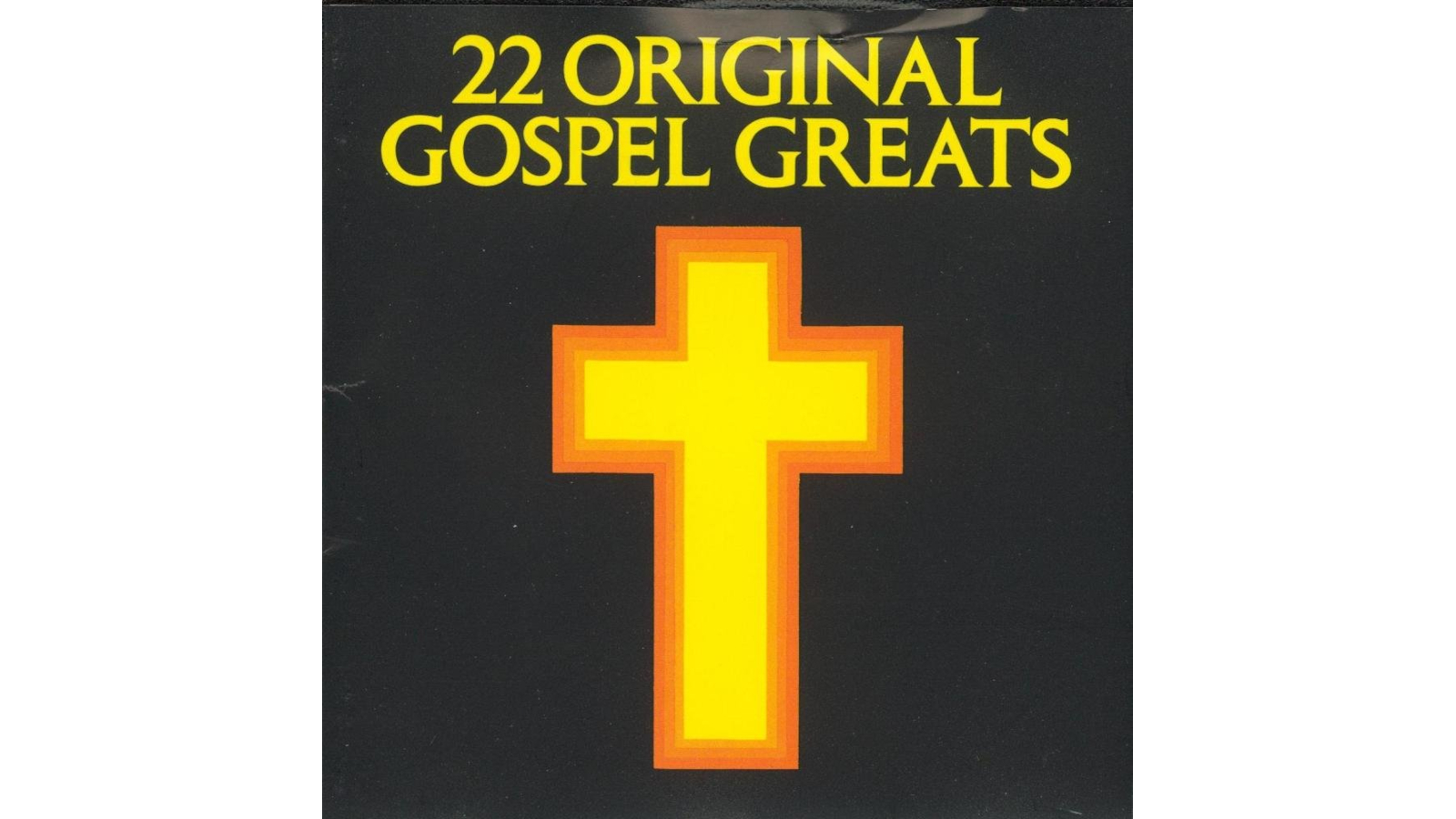Here’s Why Searching Through Record Store LP Bins is a Good Idea
When the album ‘22 Original Gospel Greats’ found Jim Campilongo it felt like divine intervention.

Released in 1977 on TVP Records, the album 22 Original Gospel Greats entered my life during a visit to my Aunt Fran in Portland, Oregon.
On an open-ended afternoon, I wandered into a local music store where I had no preconceived intentions of buying a gospel LP. But when I saw 22 Original Gospel Greats, I thought, Why the hell not?
Little did I know that listening to it would be like signing up for a community college night class about gospel music.
I’ve sought out and loved gospel music ever since.
All 22 tracks on the album are wonderfully curated; there’s not a clinker in the bunch.
Three cheers for TVP Records!
James Cleveland opens the LP with a big bang on “Get Right Church.” His impressively masculine vocals (imagine rapper Chuck D singing gospel) are answered by a chorus of heavenly female sirens, while a repetitious two-beat drives it home. Fantastic stuff.
An arpeggiated 6th chord starts off the Harmonizing Four on “His Eye Is on the Sparrow,” and the entrance of Joseph Williams’ baritone is mammoth, as it almost vibrates the room.
“Motherless Child,” the other Harmonizing Four track included here, is my favorite cut on this excellent compilation, bar none.
The vocal arrangement sounds like a soulful string quartet. This track makes me proud to be human.
Both songs left me wanting more and set me on a search for more Harmonizing Four.
Do yourself a favor and check them out!
Shirley Caesar, who is represented three times on this LP, rocks the house in a big way on “The Bride of Jesus,” “The Church is in Mourning” and “Tear the Kingdom Down,” while oozing power and authority.
Another favorite track is the Highway Q. C.’s “I Dreamed Heaven Was Like This.” These gentlemen could show up anywhere and perform this track verbatim, just as it plays from these grooves.
“I Had a Dream” by the Staple Singers features a great vibey vocal performance that’s a must-hear.
And by the way, guitar friends, if vibrato guitar were a term in the dictionary, it would have to include a photo of Mr. Roebuck “Pops” Staples, who tuned his guitar a half-step below 440. He exhibits a perfect vibrato effect, played in a complementary style. His low E sounds deeper than a mere half-step below standard pitch, and the end result feels well below sea level.
Sister Rosetta Tharpe appears here with two songs: “What Are They Doing in Heaven” and “God Lead Us Along.”
Both are stunning, with a vocal style that demands attention, but unfortunately these two Rosetta Tharpe tracks, as good as they are, don’t feature any of her ferocious lead electric guitar playing.
Sister Rosetta Tharpe playing her white Les Paul Custom (while most likely wearing a white mink coat) is humbling. That fine lady can stay in the ring with any super-heavyweight with her guitar lines that sound like distorted lasers emanating from her heart.
Gospel music’s presence exists, whether it’s delivered by Lead Belly, Sam Cooke, the Beatles, James Brown, Robert Johnson, Marvin Gaye, the MC5 or Tim Dog. It’s my opinion that all American music has its roots in gospel music.
For that matter, 22 Original Gospel Greats merits a family tree for all the future purchases I made based on the tracks here that called my name.
At the very least, this affordable LP (also available at minuscule prices on CD) would be a great addition to every music collection.
The beauty and minor miracle of randomly going through record store LP bins is that sometimes a record will find you. And you will be the better for it.

Get The Pick Newsletter
All the latest guitar news, interviews, lessons, reviews, deals and more, direct to your inbox!
Jim Campilongo has 14 critically acclaimed instrumental records available on vinyl, CD and digital download here.
“We’re Liverpool boys, and they say Liverpool is the capital of Ireland.” Paul McCartney explains how the Beatles introduced harmonized guitar leads to rock and roll with one remarkable song
"When they left town, I went to the airport and got to meet Ritchie, and he thanked me for covering for him." Christopher Cross recalls filling in for a sick Ritchie Blackmore on Deep Purple's first-ever show in the U.S.









